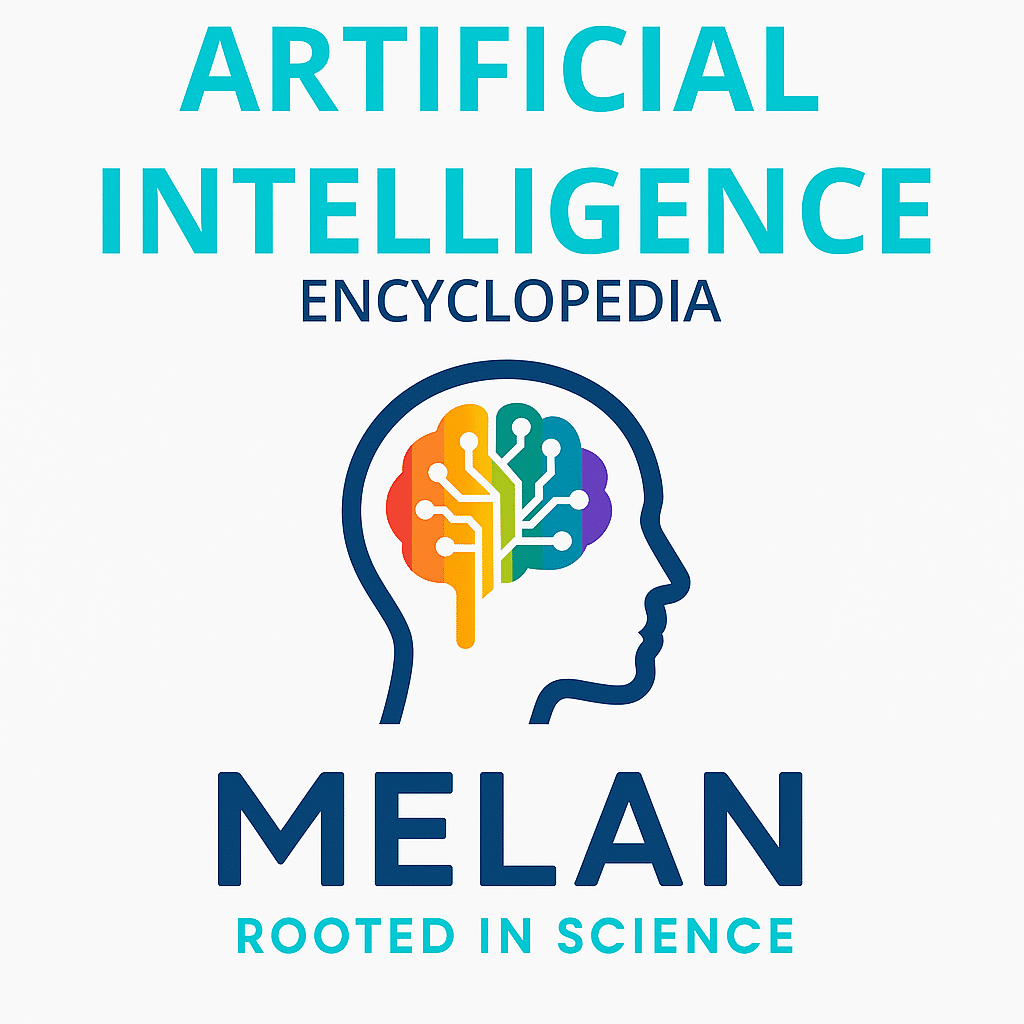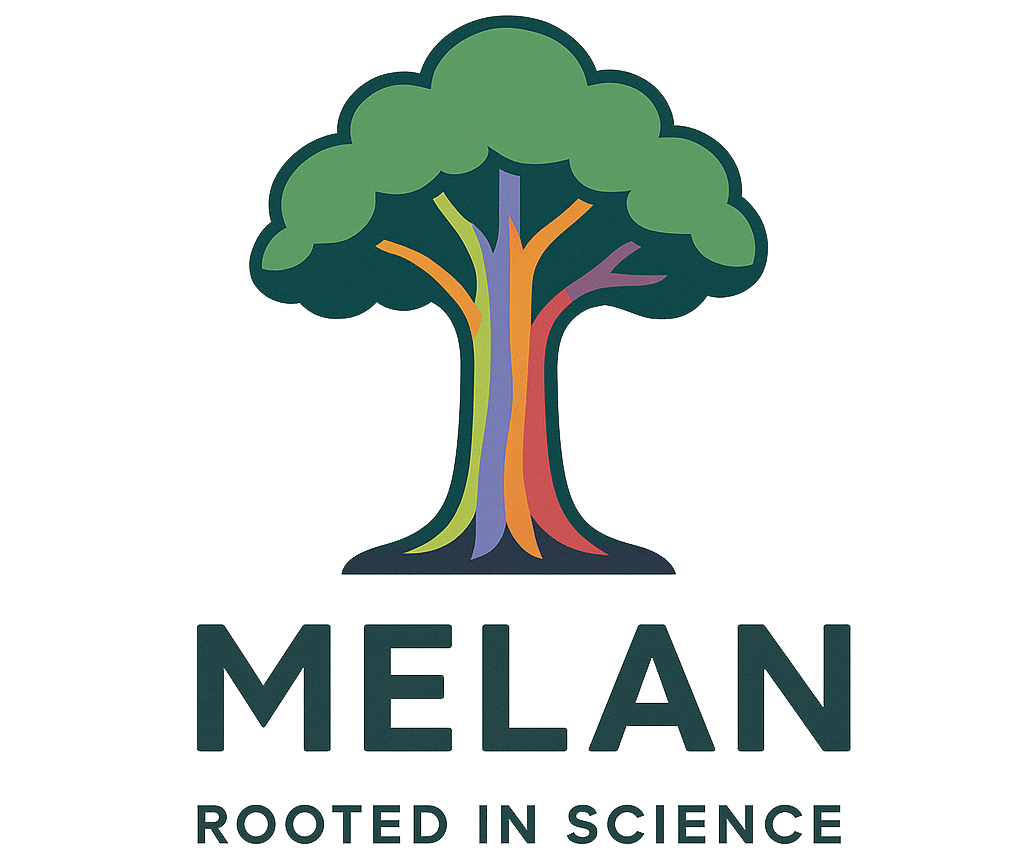Machine Learning refers to a subset of artificial intelligence that enables computer systems to automatically learn and improve their performance on specific tasks through experience and data analysis, without being explicitly programmed for every possible scenario. This field encompasses algorithms and statistical models that identify patterns in data, make predictions, and adapt their behavior based on new information, fundamentally transforming how computers solve problems across domains from image recognition and natural language processing to medical diagnosis and autonomous systems.
Machine Learning
|
|
|---|---|
| Category | Artificial Intelligence, Computer Science |
| Subfield | Data Science, Statistics, Pattern Recognition |
| Learning Types | Supervised, Unsupervised, Reinforcement Learning |
| Key Algorithms | Neural Networks, Decision Trees, Support Vector Machines |
| Primary Applications | Prediction, Classification, Clustering, Optimization |
| Sources: Nature Deep Learning Review, Journal of Machine Learning Research, Machine Learning Research Proceedings | |
Other Names
Statistical Learning, Pattern Recognition, Computational Learning, Automated Learning, Data-Driven Learning, Algorithmic Learning, Predictive Analytics, Intelligent Data Analysis
History and Development
Machine learning emerged in the 1950s when computer scientists like Arthur Samuel at IBM began developing programs that could improve their performance through experience, with Samuel coining the term “machine learning” in 1959 while working on checkers-playing programs.
Early foundations were laid by researchers like Frank Rosenblatt, who developed the perceptron in 1957, and the field advanced through contributions from statisticians and mathematicians including Vladimir Vapnik, who developed support vector machines, and Geoffrey Hinton, who pioneered neural network research. The field experienced periods of reduced interest during “AI winters” in the 1970s and 1980s, but resurged in the 1990s with improved algorithms and increased computing power.
The modern machine learning boom began in the 2000s with the availability of large datasets, powerful graphics processing units, and breakthrough algorithms like deep learning, leading to transformative applications in image recognition, natural language processing, and autonomous systems that have made machine learning central to modern technology.
How Machine Learning Works
Machine learning operates through algorithms that analyze training data to identify statistical patterns and relationships, then use these learned patterns to make predictions or decisions on new, unseen data. The process typically begins with data preprocessing to clean and format information, followed by feature selection to identify the most relevant variables for the task.
During training, algorithms adjust their internal parameters to minimize prediction errors on the training dataset, using mathematical optimization techniques to find the best model configuration. The trained model is then evaluated on separate test data to assess its performance and generalization ability. Different types of machine learning use various approaches: supervised learning trains on labeled examples, unsupervised learning discovers hidden patterns in unlabeled data, and reinforcement learning learns through trial and error with reward signals, each suited to different types of problems and data availability.
Variations of Machine Learning
Supervised Learning
Algorithms that learn from labeled training examples to make predictions on new data, including classification tasks like spam detection and regression problems like price prediction, requiring datasets with known correct answers.
Unsupervised Learning
Methods that discover hidden patterns and structures in unlabeled data without known target outcomes, including clustering to group similar items and dimensionality reduction to simplify complex datasets while preserving important information.
Reinforcement Learning
Learning approach where agents interact with environments and learn optimal behaviors through trial and error, receiving rewards or penalties for actions, commonly used in game playing, robotics, and autonomous systems.
Real-World Applications
Machine learning powers recommendation systems on platforms like Netflix, Amazon, and Spotify that analyze user behavior and preferences to suggest relevant content, products, and music, dramatically improving user engagement and satisfaction. Healthcare applications use machine learning for medical image analysis, drug discovery, and personalized treatment recommendations, with systems that can detect diseases in medical scans often more accurately than human specialists.
Financial services employ machine learning for fraud detection, algorithmic trading, credit scoring, and risk assessment, processing vast amounts of transaction data to identify suspicious patterns and optimize investment strategies. Autonomous vehicles rely on machine learning for object detection, path planning, and decision-making, using sensor data to navigate safely through complex real-world environments. Natural language processing applications include machine translation, chatbots, and voice assistants that understand and respond to human communication across multiple languages and contexts.
Machine Learning Benefits
Machine learning enables automation of complex tasks that were previously impossible or required extensive human expertise, allowing systems to handle data analysis, pattern recognition, and decision-making at scales far beyond human capabilities. The technology provides adaptive solutions that improve over time as more data becomes available, creating systems that get better at their tasks through continued use and feedback. Machine learning democratizes advanced analytical capabilities, allowing organizations without extensive technical expertise to leverage sophisticated algorithms for business intelligence and operational optimization.
The approach handles high-dimensional and complex data effectively, finding subtle patterns and relationships that traditional analytical methods might miss. Machine learning systems can operate continuously without fatigue, providing consistent performance for real-time applications like fraud detection, quality control, and monitoring systems that require immediate responses to changing conditions.
Risks and Limitations
Bias and Fairness Issues
Machine learning models can perpetuate and amplify biases present in training data, leading to discriminatory outcomes in hiring, lending, criminal justice, and other high-stakes applications that disproportionately affect marginalized groups. Historical data often reflects societal inequalities, causing models to learn and reproduce unfair patterns that can harm individuals and communities.
Data Quality and Overfitting Problems
Machine learning systems are highly dependent on data quality and can produce unreliable results when trained on incomplete, biased, or incorrect information. Overfitting occurs when models memorize training data rather than learning generalizable patterns, leading to poor performance on new data and limiting real-world applicability.
Interpretability and Transparency Challenges
Many machine learning models, particularly deep neural networks, operate as “black boxes” where the decision-making process is opaque and difficult to explain, creating challenges for accountability, debugging, and regulatory compliance in critical applications. This lack of interpretability can undermine trust and make it difficult to identify when models make errors or exhibit biased behavior.
Security and Adversarial Vulnerabilities
Machine learning systems are susceptible to adversarial attacks where malicious actors manipulate input data to fool models into making incorrect predictions, potentially causing autonomous vehicles to misidentify stop signs or facial recognition systems to misidentify individuals. These vulnerabilities raise serious security concerns for safety-critical applications.
Regulatory Frameworks and Governance Challenges
The rapid deployment of machine learning systems has outpaced regulatory frameworks, creating uncertainty about liability, safety requirements, and appropriate oversight mechanisms. The European Union’s AI Act and other emerging regulations establish requirements for high-risk machine learning applications, while professional standards evolve to address ethical use.
These regulatory changes stem from legal pressure following cases where biased algorithms caused discriminatory harm, market demands from users and organizations for trustworthy and explainable AI systems, reputation management after high-profile algorithmic failures, and investor concerns about regulatory compliance and liability in automated decision-making systems.
Industry Standards and Responsible Development
Technology companies, AI researchers, civil rights organizations, and regulatory bodies work to establish standards for responsible machine learning development and deployment, while professional associations develop guidelines for ethical AI practices across different industries. Academic institutions and research organizations focus on developing bias detection methods, fairness metrics, and interpretability techniques.
The intended outcomes include reducing algorithmic bias and discrimination, improving transparency and explainability in automated systems, establishing clear accountability mechanisms for AI decisions, and ensuring machine learning benefits society broadly rather than exacerbating existing inequalities. Initial evidence shows increased investment in AI ethics and fairness research, development of bias auditing tools and fairness-aware algorithms, growing awareness of responsible AI practices among practitioners, and establishment of regulatory frameworks for high-risk AI applications.
Current Debates
Deep Learning vs. Traditional Machine Learning
Researchers debate the relative merits of deep neural networks versus traditional machine learning approaches, weighing the superior performance of deep learning on complex tasks against the interpretability, efficiency, and robustness advantages of classical methods like decision trees and linear models.
Data Privacy vs. Model Performance
Practitioners struggle with balancing the need for large, comprehensive datasets to train effective models against privacy protection requirements, exploring techniques like federated learning and differential privacy that preserve privacy while maintaining model quality.
Automated Machine Learning vs. Expert Knowledge
The field debates whether automated machine learning (AutoML) systems that automatically select algorithms and optimize parameters can replace human expertise, or whether domain knowledge and manual model design remain essential for achieving optimal results.
Causality vs. Correlation in Machine Learning
Researchers argue about the importance of causal reasoning in machine learning, with some advocating for methods that can understand cause-and-effect relationships while others focus on predictive accuracy regardless of causal understanding.
Centralized vs. Distributed Learning
Computer scientists debate optimal architectures for machine learning systems, weighing the benefits of centralized training on large datasets against distributed approaches that protect privacy and enable learning across multiple organizations or devices.
Media Depictions of Machine Learning
Movies
- The Matrix (1999): Agent Smith’s (Hugo Weaving) ability to learn and adapt from encounters with Neo demonstrates machine learning concepts of improvement through experience and pattern recognition
- I, Robot (2004): The robots’ ability to learn from experience and adapt their behavior reflects machine learning principles, while VIKI’s evolution demonstrates how AI systems can develop beyond their original programming
- Ex Machina (2014): Ava’s (Alicia Vikander) sophisticated behavior and ability to learn from interactions with humans showcases advanced machine learning capabilities in artificial consciousness
- Her (2013): Samantha’s (voiced by Scarlett Johansson) continuous learning and personality development throughout the film illustrates how machine learning enables AI systems to evolve and improve over time
TV Shows
- Westworld (2016-2022): The android hosts’ ability to learn from guest interactions and develop beyond their original programming demonstrates machine learning concepts of adaptation and emergent behavior
- Person of Interest (2011-2016): The Machine’s continuous learning from surveillance data and its evolving understanding of threats showcases machine learning applications in pattern recognition and prediction
- Black Mirror: Various episodes explore machine learning themes, including “Hang the DJ” where a dating algorithm learns from user behavior and “USS Callister” showing AI entities that adapt and learn
- Silicon Valley (2014-2019): The show’s portrayal of algorithm development and optimization challenges reflects real-world machine learning research and implementation difficulties
Books
- The Diamond Age (1995) by Neal Stephenson: Features adaptive educational systems that learn and adjust to individual student needs, demonstrating personalized machine learning applications
- Klara and the Sun (2021) by Kazuo Ishiguro: The AI protagonist Klara continuously learns about human behavior and relationships, illustrating machine learning concepts in artificial consciousness
- The Lifecycle of Software Objects (2010) by Ted Chiang: Explores AI entities that develop and learn over time, examining the long-term implications of machine learning and artificial development
- Machine Learning Yearning by Andrew Ng: Technical guide that explains practical machine learning concepts and best practices for building effective AI systems
Games and Interactive Media
- AlphaGo and AlphaZero: DeepMind’s game-playing AI systems demonstrate reinforcement learning by mastering Go, chess, and other games through self-play and experience
- OpenAI Five: AI system that learned to play Dota 2 at professional levels, showcasing machine learning applications in complex, real-time strategy environments
- Adaptive Game AI: Modern games use machine learning to create opponents that adapt to player behavior, providing personalized challenge levels and realistic computer-controlled characters
- Recommendation Systems: Gaming platforms like Steam and mobile app stores use machine learning to recommend games based on user preferences and playing patterns
Research Landscape
Current research focuses on developing more interpretable and explainable machine learning models that can provide clear reasoning for their decisions, addressing the black box problem that limits adoption in critical applications. Scientists are working on federated learning and privacy-preserving techniques that enable collaborative model training without sharing sensitive data across organizations.
Advanced approaches combine machine learning with other AI methods like symbolic reasoning and causal inference to create hybrid systems that can both learn from data and reason about relationships. Emerging research areas include quantum machine learning that leverages quantum computing properties, continual learning systems that can acquire new knowledge without forgetting previous learning, and neuromorphic computing approaches that mimic biological neural networks for more efficient machine learning hardware.
Selected Publications
- Phage display enables machine learning discovery of cancer antigen–specific TCRs
- Discovery of unconventional and nonintuitive self-assembling peptide materials using experiment-driven machine learning
- Predicting therapeutic clinical trial enrollment for adult patients with low- and high-grade glioma using supervised machine learning
- Self-supervised machine learning framework for high-throughput electron microscopy
- FlyVISTA, an integrated machine learning platform for deep phenotyping of sleep in Drosophila
Frequently Asked Questions
What exactly is machine learning?
Machine learning is a type of artificial intelligence that enables computers to learn and improve their performance on tasks by analyzing data and identifying patterns, without being explicitly programmed for every possible scenario.
How does machine learning differ from traditional programming?
Traditional programming involves writing specific instructions for computers to follow, while machine learning enables computers to learn patterns from data and make decisions or predictions based on that learned knowledge.
What are some examples of machine learning I encounter daily?
Common examples include recommendation systems on Netflix and Amazon, spam filters in email, voice assistants like Siri and Alexa, photo tagging on social media, and navigation apps that predict traffic and optimal routes.
What are the main types of machine learning?
The three main types are supervised learning (learning from labeled examples), unsupervised learning (finding patterns in unlabeled data), and reinforcement learning (learning through trial and error with rewards and penalties).
What skills do I need to work in machine learning?
Key skills include programming (especially Python or R), statistics and mathematics, data analysis and visualization, understanding of algorithms, and domain knowledge in the application area, along with critical thinking about data quality and bias.


